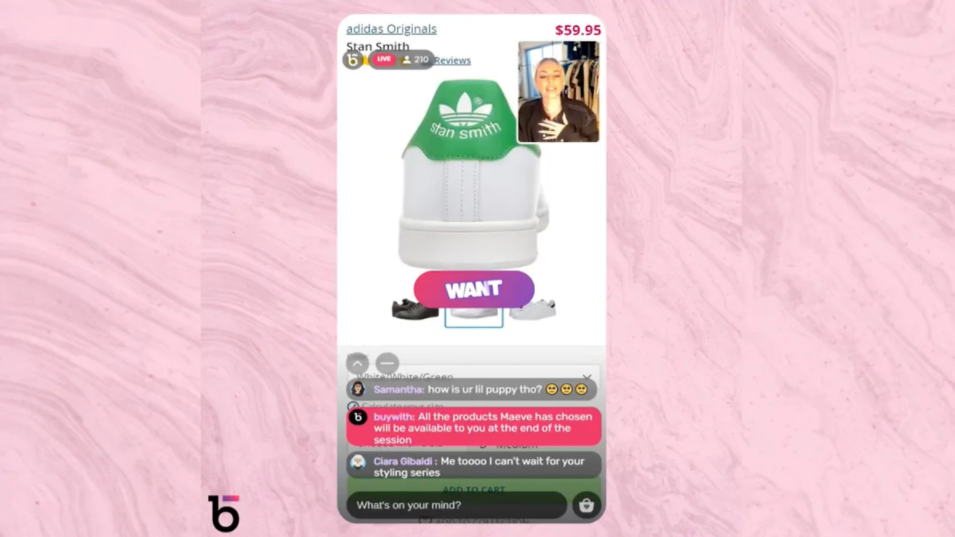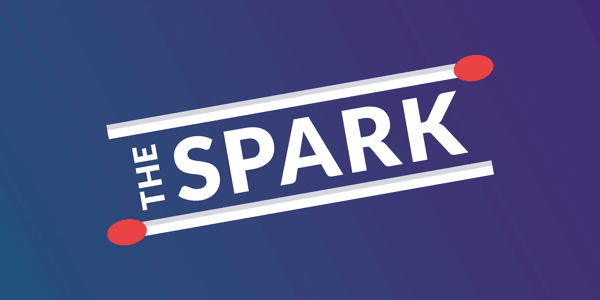YouTube's #1Raise your hand if your screen time reports have been pretty embarrassing over the past year … 🙋 Now we know which social media site is responsible for all of those lost hours. And no, it’s not Facebook (or TikTok, shockingly).
According to the Pew Research Center, YouTube is officially the most used social media platform in the U.S, with 81% of Americans saying they used the video streaming platform in 2021, up from 73% pre-pandemic. This isn’t super surprising, as a lack of live events led to virtual ones and folks turned to their favorite content creators to keep them entertained in a socially-distanced world. But the number is still impressive, especially since “only” 69% of those polled said they used Facebook.
YouTube has always been an important and influential marketing platform, but the massive jump in users makes it even more so. As the number one social media app, the chances of reaching your targeted audience on the Google-owned site are pretty strong. While buzzy new apps get all the well, buzz, brands shouldn’t forget about the silent giants.
TL;DR: YouTube saw the most significant jump in users of any social media app during the pandemic, increasing its importance for marketers.
Testing, TestingDo you ever daydream about how much easier your job might be if someone, well, did part of it for you? If you are a media manager who answered yes, you’re in luck. Facebook’s Creator Studio launched a handy dandy tool that takes the guesswork out of choosing which creative combo of copy and video works best for your page. How? It tests up to four organic videos against each other with a small portion of your audience, then publishes the “winner” based on pre-selected metrics like link clicks or engagement over the test duration.
It’s like A/B testing an ad set … but better, because it’s automated, capable of testing several versions at once, and it’s for organic posts — which is just about unheard of in this industry. Whether you run the test for 10 minutes or 24 hours, live-testing your video combos with your audience provides invaluable insights into what works and what doesn’t. Instead of using hours running videos and analyzing individual results, this tool cuts down the testing time and helps maximize your efforts. Spend more time developing a killer strategy and show-stopping content and let Facebook work for you.
TL;DR: Facebook’s organic video testing tool enables creators to test up organic videos and copy against each other over a set duration of time, then automatically publishes the winner.
Stream OnLivestream gaming, like most forms of online entertainment, took off (a.k.a. nearly doubled) during the pandemic — and three major players in the game account for nearly 9 billion hours streamed per quarter. Amazon-owned Twitch has the lion’s share of the market with 72% of the hours. Then you have Google-owned YouTube Gaming, with 1.3 billions hours per quarter. And just in case you thought the Zuck didn’t have a stake in this, Facebook Gaming emerged as a competitor with 1 billion hours streamed last quarter.
But it’s not all fun and games on these platforms: Twitch’s most popular category isn’t about Fortnite or World of Warcraft. It’s “Just Chatting,” a content channel where streamers just hang out and casually engage with viewers or live-stream their everyday lives.
Even as lockdowns lift and more people spend time outside their four walls, live-streaming is likely to remain as a regular source of entertainment for fans.Brands can sponsor individual streamers, land product placements, solicit reviews, or kickoff their own “Just Chatting” channel for brand fans. The digital marketing opportunities are endless, just about as endless as this Guinness World Record-breaking longest livestream.
TL;DR: Livestreaming’s lasting pandemic popularity boost presents an opportunity for digital marketers to get creative with gaming and non-gaming campaigns.
What Lit Us Up
Buying LiveWe love influencers because they tell us what to shop for. But a new trend has entered the influencer marketing chat: livestream shopping. Now, influencers aren’t just telling us what to buy, they’re showing themselves shopping for it. And big brands are getting excited. Take the Amazon-owned shoe seller, Zappos. In partnership with Buywith, an influencer-based broadcasting startup, the company is tapping major content creators to host livestreams during which they shop on the site and promote products (and earn commission on any sales.)
Influencer livestreams have been booming in Asian markets for the past few years and seeing incredible success — China’s livestream commerce market alone is worth $125 billion. Now, American brands, like Zappos, Cosmo Magazine, and Walmart, want in. And while the pandemic era has certainly boosted the popularity of this medium, livestreaming isn’t expected to slow down anytime soon.
As platforms like Buywith simplify ecommerce livestreaming for brands, innovation on social media sites like Instagram, Facebook, and of course, Clubhouse and other emerging audio platforms, provide new avenues for all kinds of businesses (not just retailers) to capitalize on livestreaming experiences. While Zappo’s model of real-time shopping may not work for everyone, brands can explore hosting or sponsoring influencer livestreams for product tutorials and demos or broader conversations related to their business. Because as much as we may scoff at the quintessential “Am I live?", it’s clear that going live is the way to go.
TL;DR: Livestream influencer marketing is gathering steam in the U.S. as brands like Zappos tap major content creators to shop their sites while streaming. (Was this email forwarded to you? Sign up here.)
|
-1.png?upscale=true&width=346&upscale=true&name=Tier%20One%20logo_color%20(1)-1.png)


